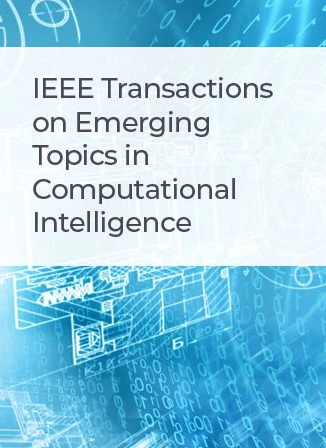ActiveSleepLearner:更少的注释预算,更好的大规模睡眠分期
IF 5.3
3区 计算机科学
Q1 COMPUTER SCIENCE, ARTIFICIAL INTELLIGENCE
IEEE Transactions on Emerging Topics in Computational Intelligence
Pub Date : 2024-09-04
DOI:10.1109/TETCI.2024.3446389
引用次数: 0
摘要
睡眠分期传统上需要大量的时间和临床医生的专业知识。各种自动化睡眠分期方法已经被开发出来以简化这项任务,然而,它们通常需要大量标记的临床睡眠数据。ActiveSleepLearner是为了解决这一挑战而提出的,它是一个迁移学习框架,利用主动学习技术在各种设置、设备和人群中实现弱监督睡眠分期。一方面,考虑样本代表性、多样性和复杂性等因素,引入了一种识别最具信息量样本的人工标记选择算法。另一方面,在有限样本的微调阶段,通过引入新的联合损失函数,实现精心设计的数据增强技术,采用分层和多步学习率策略,提高了模型的训练效率。我们的方法减少了临床医生所需的手动注释预算,使他们能够仅标记大量未标记数据集的一小部分,而系统处理其余部分。在评估的四个数据集中,我们的方法始终优于基线和其他部分标签方法。特别是,即使使用5%的标签,ActiveSleepLearner也达到了在该数据集上明确训练的模型所达到的97.5%的准确率。更重要的是,ActiveSleepLearner促进了人与机器之间的协作,通过要求他们只标记部分epoch而不是所有记录来减轻临床医生的负担。本文章由计算机程序翻译,如有差异,请以英文原文为准。
ActiveSleepLearner: Less Annotation Budget for Better Large-Scale Sleep Staging
Sleep staging traditionally requires massive time and expertise from clinicians. Various automated sleep staging methods have been developed to streamline this task, however, they commonly need extensive labeled clinical sleep data. ActiveSleepLearner is proposed to address this challenge, a transfer learning framework that leverages active learning techniques to achieve weakly supervised sleep staging across various settings, devices, and populations. On one hand, a selection algorithm that identifies the most informative samples for manual labeling is introduced, considering factors like sample representativeness, diversity, and complexity. On the other hand, during the fine-tuning phase with limited samples, model training efficiency is improved by introducing a novel joint loss function, implementing well-designed data augmentation techniques, and adopting layer-wise and multi-step learning rate strategies. Our approach reduces the manual annotation budget required from clinicians, enabling them to label only a small portion of the sizeable unlabeled dataset while the system handles the rest. Across the four datasets evaluated, our method consistently outperforms baselines and other partial-label methods. Especially, even with 5% labels, ActiveSleepLearner reaches 97.5% of the accuracy achieved by the model explicitly trained on this dataset. More importantly, ActiveSleepLearner fosters collaboration between humans and machines, reducing the clinician's burden by requiring them to label only a part of epochs instead of all recordings.
求助全文
通过发布文献求助,成功后即可免费获取论文全文。
去求助
来源期刊

IEEE Transactions on Emerging Topics in Computational Intelligence
Mathematics-Control and Optimization
CiteScore
10.30
自引率
7.50%
发文量
147
期刊介绍:
The IEEE Transactions on Emerging Topics in Computational Intelligence (TETCI) publishes original articles on emerging aspects of computational intelligence, including theory, applications, and surveys.
TETCI is an electronics only publication. TETCI publishes six issues per year.
Authors are encouraged to submit manuscripts in any emerging topic in computational intelligence, especially nature-inspired computing topics not covered by other IEEE Computational Intelligence Society journals. A few such illustrative examples are glial cell networks, computational neuroscience, Brain Computer Interface, ambient intelligence, non-fuzzy computing with words, artificial life, cultural learning, artificial endocrine networks, social reasoning, artificial hormone networks, computational intelligence for the IoT and Smart-X technologies.
 求助内容:
求助内容: 应助结果提醒方式:
应助结果提醒方式:


